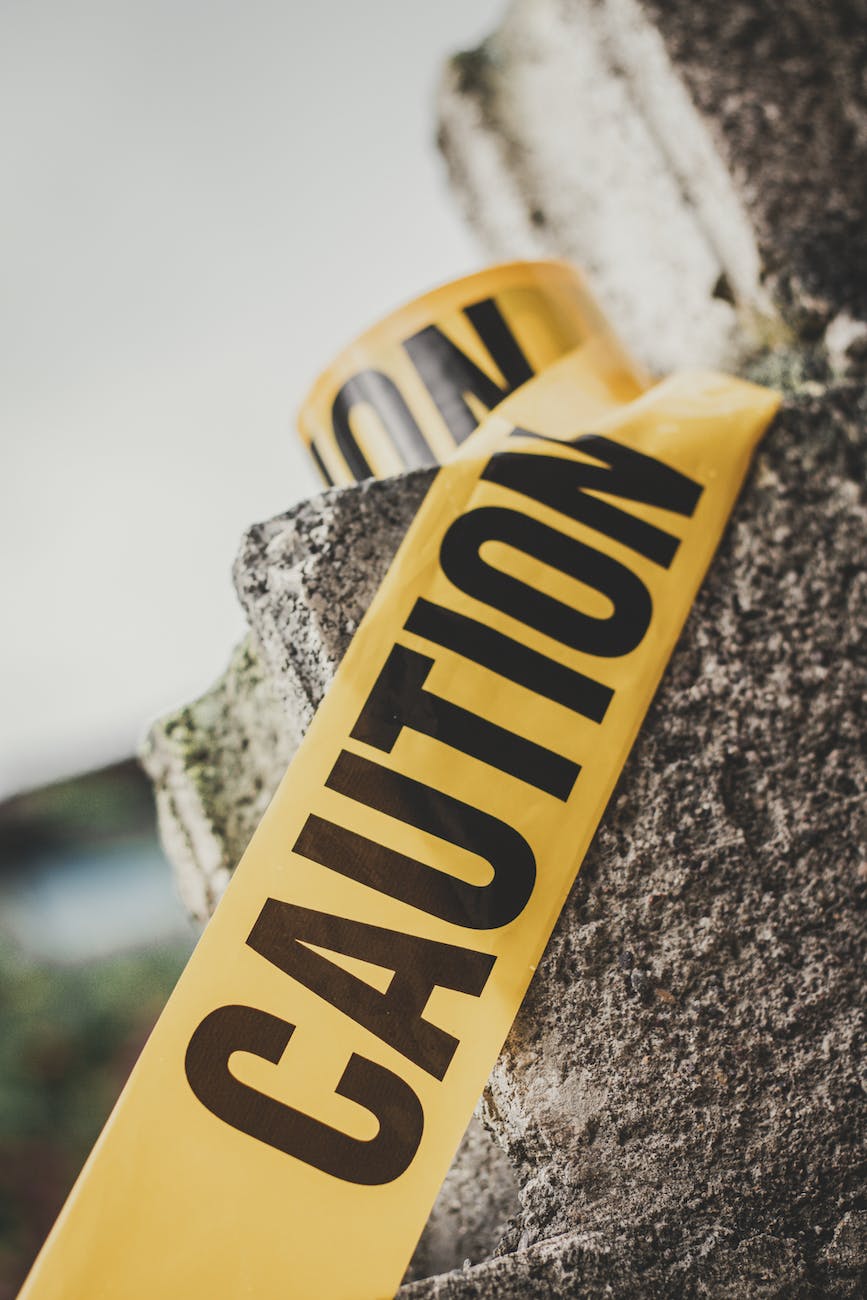
What Are Safety Rules? and Why Are They Crucial?
What Are Safety Rules? : Safety rules are the fundamental guidelines and protocols set to ensure the well-being and security of individuals in various environments. Whether at home, work, or in public spaces, these rules serve as a protective framework, significantly reducing the risk of accidents and injuries.
Understanding the Different Types of Safety Rules
Workplace Safety Rules
In a professional setting, safety rules are meticulously crafted to mitigate hazards specific to the job or industry. They encompass protocols for handling machinery, wearing protective gear, and emergency procedures.
Home Safety Rules
At home, safety rules focus on preventing accidents like falls, burns, or electrical mishaps. Simple measures such as installing smoke detectors or securing sharp objects can prevent potential harm.
Public Safety Rules
Public safety rules span various areas, from road safety regulations to guidelines for using public facilities. They aim to create a secure environment for everyone, minimizing risks and ensuring responsible conduct.
The Critical Components of Safety Rules
Safety rules are composed of several vital elements that ensure their effectiveness. Risk assessment helps identify potential dangers, while comprehensive training and education impart the necessary knowledge to handle these risks.
The Role of Safety Rules in Different Settings
Industrial Environments
In industries, strict adherence to safety rules is paramount to safeguard workers from accidents involving heavy machinery, chemicals, or high-risk operations.
Educational Institutions
Schools and universities implement safety rules to protect students, faculty, and staff, fostering a conducive learning environment.
Healthcare Facilities
In medical settings, safety rules are crucial to protect both healthcare professionals and patients, maintaining a sterile and secure environment.
Benefits of Following Safety Rules
Adhering to safety rules not only prevents injuries but also enhances productivity by creating a sense of security, encouraging employees to focus on their tasks without fear of accidents.
The Backbone: Common Safety Rules and Regulations
Organizations like OSHA and international safety standards lay down specific regulations that industries and institutions must abide by, ensuring a standardized approach to safety.
Incorporating Safety Rules into Daily Life
Ensuring safety at home, during commute, and recreational activities involves simple yet essential practices that significantly reduce the chances of accidents.
Challenges in Upholding Safety Rules
Despite their importance, challenges like resistance to compliance, evolving standards, and cultural differences pose hurdles in effectively implementing safety rules.
Promoting Awareness for Safety Rules
Through training programs, community initiatives, and leveraging technology, awareness about safety rules can be heightened, fostering a culture of safety.
Measuring the Impact of Safety Rules
Analyzing incident reports, compliance metrics, and seeking employee feedback helps in gauging the effectiveness of safety rules.
Looking Ahead: Future Trends in Safety Rules
Integration of technology and applications of behavioral psychology are anticipated to revolutionize safety measures, ensuring even better protection.
Safety rules are a set of guidelines or principles put in place to prevent accidents, injuries, or harm in various environments such as workplaces, public spaces, or homes. They aim to ensure the well-being and protection of individuals by outlining specific behaviors, procedures, or precautions to follow. These rules can cover a wide range of areas including fire safety, electrical safety, personal protective equipment usage, proper handling of hazardous materials, and more. They're essential for creating a secure and healthy environment for everyone involved.Conclusion
Safety rules are the bedrock of a secure environment, providing a structured framework to minimize risks and foster a culture of safety.
Construction Site Rules and Regulations
Importance of Safety in Construction Sites
Safety Regulations in Construction
FAQs About Safety Rules
- Why are safety rules important? Safety rules are crucial as they prevent accidents and injuries, ensuring the well-being of individuals in various settings.
- How can safety rules be implemented in daily life? Simple practices like risk assessment, training, and following regulations can help implement safety rules effectively in everyday situations.
- What challenges hinder the implementation of safety rules? Resistance to compliance, evolving standards, and cultural differences often pose challenges in upholding safety rules.
- How can awareness about safety rules be increased? Awareness can be heightened through training programs, community initiatives, and leveraging technology for education.
- What is the future of safety rules? The future involves integrating technology and utilizing behavioral psychology to enhance safety measures and protection.





















